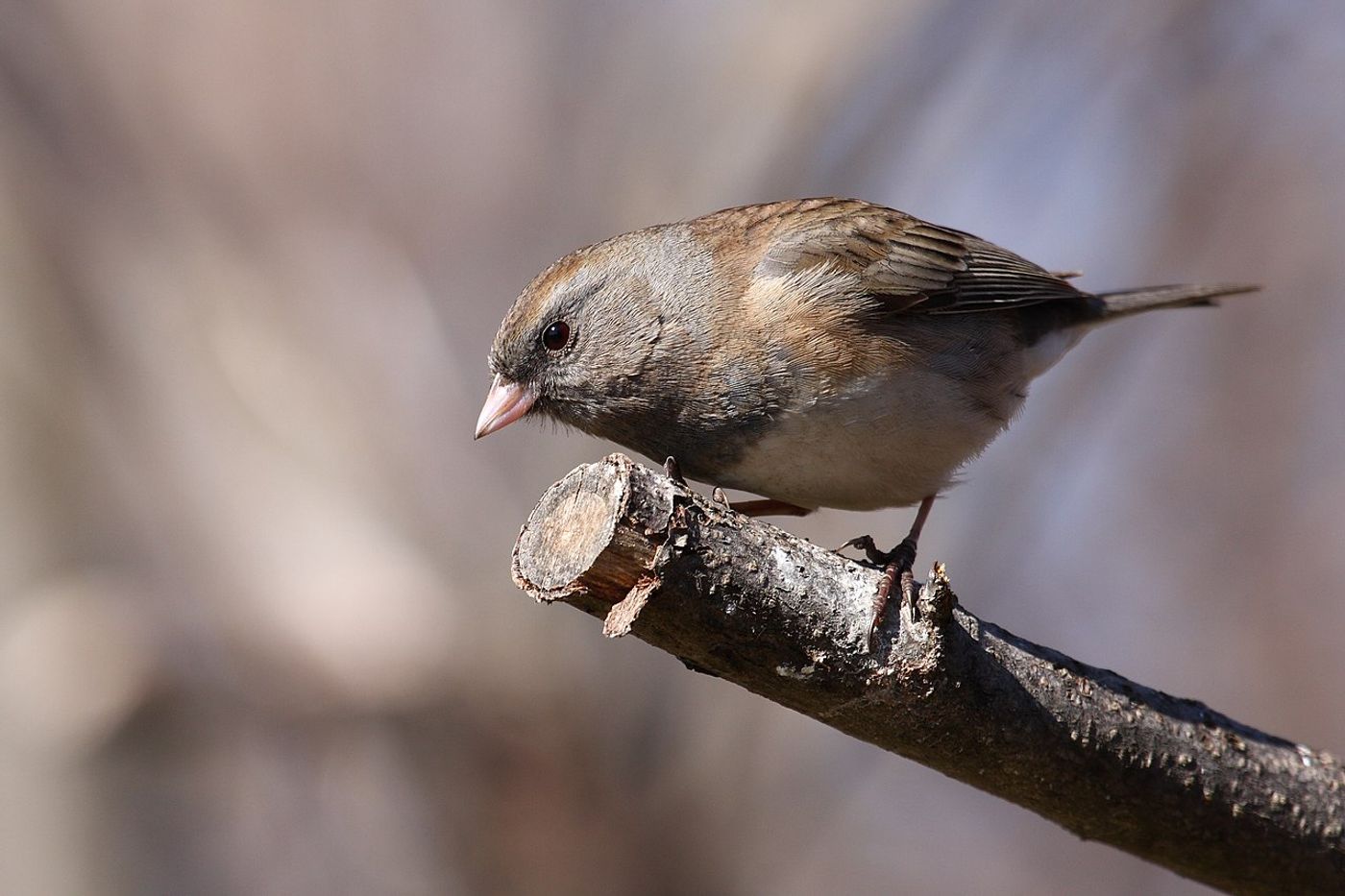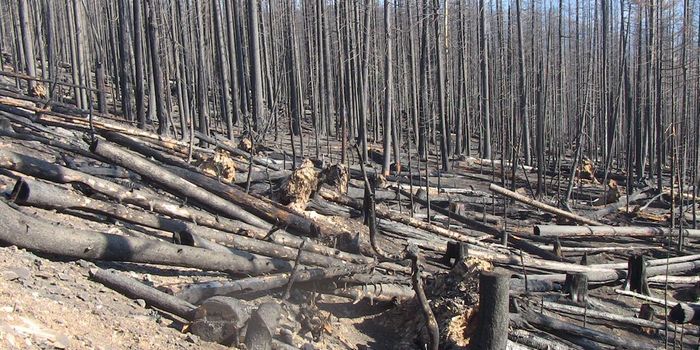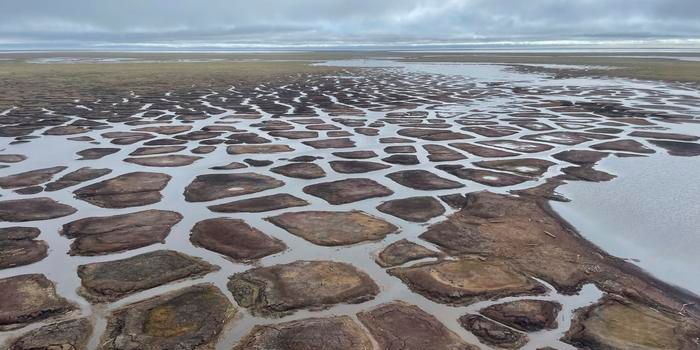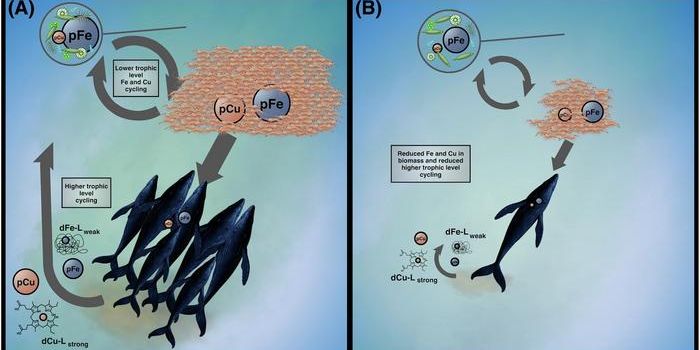"Shape-Shifting" Birds: Climate Change's Newest Outcome
A new study released last Tuesday highlights a surprising response to climate change: physical changes in animal morphology or, said another way, shape-shifting birds. Variation and adaptation are hallmarks of the world of animals, and the living world in general. One of the most interesting kinds of adaptation to our current climate change is described by a pattern called Allen’s rule, formulated by zoologist Joel Asaph Allen in 1877. Allen’s rule describes how animals in warmer climates have lengthened appendages, like limbs and beaks. These longer appendages are heat-based adaptations which allow animals to dissipate more heat in warmer climates. More heat dissipation means more efficient cooling and temperature regulation. As climate change warms our planet, the study’s researchers have observed a range of animals, mainly birds, morphologically changing to better deal with these increased temperatures.
This study did not look at any animals directly but instead surveyed the current literature to see which trends might present themselves. Ultimately, it found that “there is emerging evidence that a range of animals are showing increases in appendage size in response to climate change.” These increases could be seen in animals such as Australian parrots, with increased bill surface area, and bats and shrews, with increased “relative ear, tail, leg, and wing sizes.” As temperatures continue to rise and hot weather events like heat waves and drought become more common, resulting animal die offs may continue to select for larger-appendaged phenotypes. Climate change continuing will likely provide more evidence of this phenomenon.
While such trends are already observable, the authors highlighted how more research is needed to ascertain how widespread the climate shifting is and to “…increase representation of species from a diverse range of habitats, behaviours, and life histories.” There may be significant amounts of similar shifting in non-bird species, but current evidence is not conclusive enough to determine if that is the case. Actions should of course be taken to limit warming to prevent suffering and species loss (not to mention prevention of human-centered damage), but more advanced knowledge of how animals react to warming is vital to safeguard species in a warming world. More such knowledge means we can better predict future action, prediction being “crucial” in any attempt to deal with climate change and its impacts.
Source: Trends in Ecology & Evolution
Banner Image Source (it's an Australian Parrot): JJ Harrison
Article Image Source: Cephas









